Ascidian Tadpole Larvae and Its Retrogressive Metamorphosis
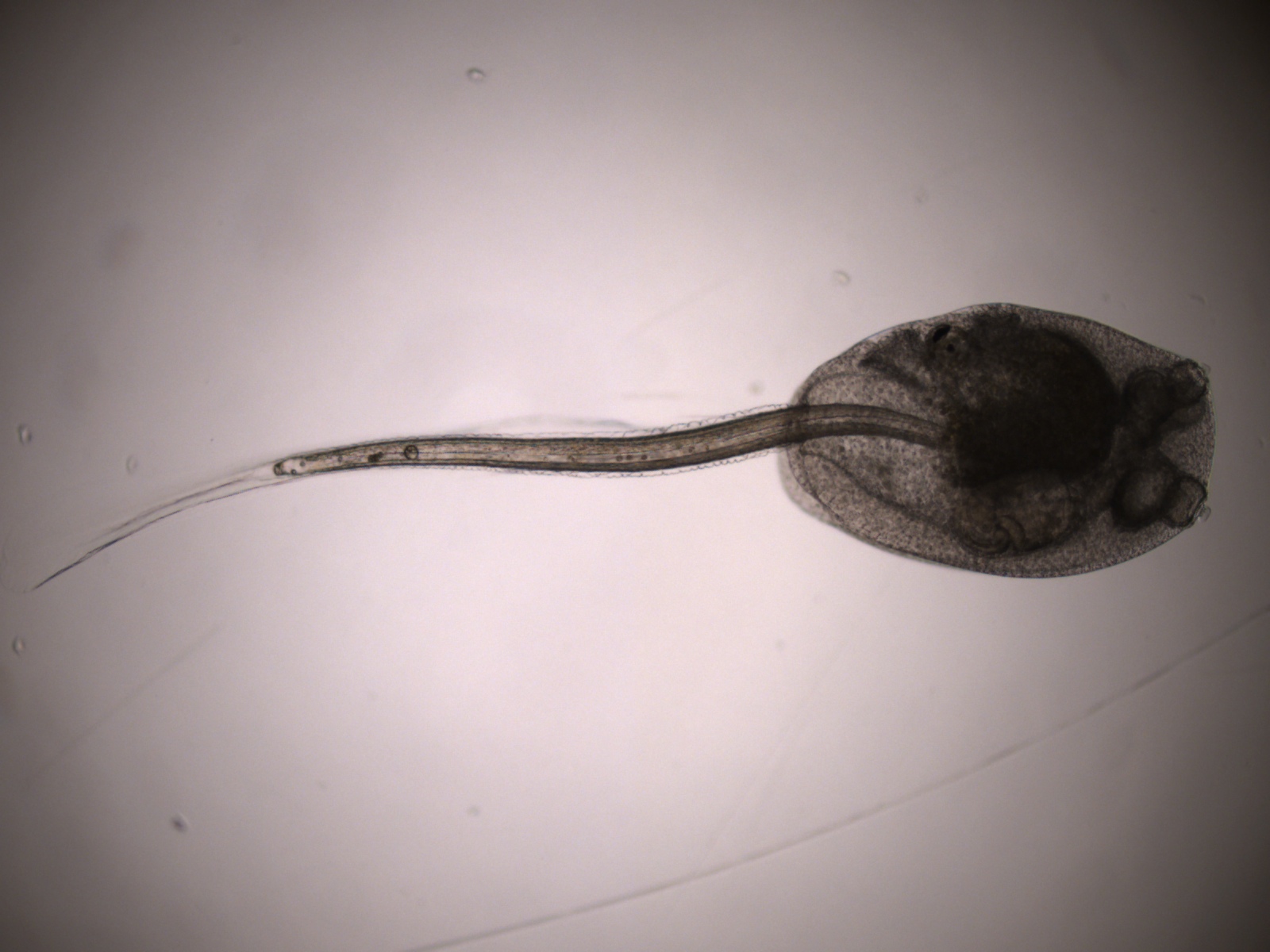
Ascidian tadpole larvae represent a crucial early stage in the life cycle of ascidians, which are marine invertebrates belonging to the phylum Chordata. These larvae are free-swimming and exhibit several key features that are characteristic of chordates. Their development provides insights into the evolutionary traits shared by all chordates, including vertebrates.
Key Features of Ascidian Tadpole Larvae
The tadpole larva of ascidians is equipped with several unique structures that help in navigation and survival during its planktonic stage. These features include:
1. Dorsal Tubular Nerve Cord
This structure, a hallmark of chordates, runs along the back of the larva and eventually forms part of the central nervous system. The dorsal tubular nerve cord is positioned above the notochord and is responsible for transmitting signals from the brain to the rest of the body.
In most vertebrates, it develops into the spinal cord, a critical component for movement and coordination. The presence of this nerve cord is one of the key features that defines the Chordata phylum, marking the transition from simpler invertebrates to more complex vertebrates.
2. Notochord
The notochord provides structural support and is a defining characteristic of the phylum Chordata. In larvae, it aids in movement by maintaining the body’s rigidity and serving as a flexible rod.
The notochord extends throughout the body and acts as a scaffold for the developing tissues, allowing for locomotion.
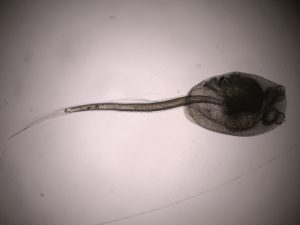
Source – https://invert-embryo.blogspot.com/
In some chordates, such as vertebrates, the notochord is eventually replaced by the vertebral column (spine), but during the larval stage, it remains vital for movement and balance. Its presence is essential for the proper development of other chordate structures.
3. Pharyngeal Gill Slits
These slits serve as part of the feeding and respiratory system, enabling the larva to filter water for nutrients. The pharyngeal gill slits are openings located in the pharynx (throat area) that help the larva filter small particles from the surrounding water. As the water passes through these slits, it is filtered, allowing plankton and other microscopic organisms to be trapped and consumed.
Additionally, these gill slits are important for respiration, allowing for the exchange of gases as the larva absorbs oxygen from the water. In adult ascidians, these slits evolve into a more developed feeding mechanism.
4. Post-Anal Tail
A tail extends beyond the anus, helping in movement and stability as the larva swims. The post-anal tail, often a key distinguishing feature of chordates, plays a crucial role in locomotion. This tail helps the larva propel itself through the water, providing balance and direction as it swims.
In some chordates, the tail remains throughout adulthood, but in others, like humans, it disappears during development. The presence of this tail is vital for the free-swimming lifestyle of the tadpole larva and supports its ability to move efficiently in search of food and shelter.
5. Sensory Organs
The tadpole larva is equipped with sensory organs such as ocelli (simple eyes) and statocysts (balance organs) to navigate its environment. The ocelli are small, light-sensitive organs that help the larva detect changes in light intensity, allowing it to orient itself in the water and avoid predators.
Statocysts, which are specialized organs for balance, allow the larva to sense its orientation and maintain stability while swimming. These sensory organs are crucial for the survival of the larva, as they help it navigate its aquatic environment and react to potential threats. Additionally, these sensory mechanisms are a precursor to more complex systems found in adult chordates.
These characteristics highlight the evolutionary relationship between ascidians and other chordates, including vertebrates.
Comparison of Habitat, External Features, and Anatomy of Herdmania and Branchiostoma – Click here
Retrogressive Metamorphosis in Ascidian Larvae
One of the most fascinating aspects of ascidian development is retrogressive metamorphosis, a process that involves a dramatic transformation from a complex, motile larval stage to a simpler, sedentary adult form. This metamorphosis is called “retrogressive” because it represents a loss of many features the larvae initially possess.
What is metamorphosis?
Metamorphosis is a biological process in which an organism undergoes significant physical changes after birth or hatching, transitioning from one developmental stage to another. This transformation typically involves changes in form, structure, and function, enabling the organism to adapt to its environment and ecological role. Metamorphosis is most commonly observed in insects, amphibians, and marine invertebrates.
Types of Metamorphosis
- Complete Metamorphosis (Holometabolous)
In complete metamorphosis, an organism passes through four distinct stages: egg, larva, pupa, and adult. Each stage has a unique form and function. For example, in butterflies, the larva (caterpillar) is adapted for feeding and growth, while the pupa undergoes reorganization to emerge as a winged adult. This type allows for specialization in life stages, reducing competition for resources between larvae and adults. - Incomplete Metamorphosis (Hemimetabolous)
In incomplete metamorphosis, organisms undergo three stages: egg, nymph, and adult. The nymph resembles the adult but lacks fully developed wings and reproductive organs. Gradual changes occur with each molt until the adult form is achieved. Examples include grasshoppers and cockroaches. This type allows for continuous activity and feeding throughout development. - Ametabolous Development
In ametabolous development, there is no distinct metamorphic change. The juvenile resembles the adult except for size and reproductive maturity. Found in primitive insects like silverfish, this type is characterized by direct growth without drastic morphological transformation. - Retrogressive Metamorphosis
Seen in organisms like ascidians, this process involves the transformation of a motile larva into a simpler, sedentary adult form. Larval structures degenerate, and adaptations for a sessile lifestyle develop.
Stages of Retrogressive Metamorphosis
Retrogressive metamorphosis can be broken down into two main phases: degeneration of larval structures and the development of adult structures.
1. Degeneration of Larval Structures
As the ascidian tadpole larva undergoes metamorphosis, several key structures undergo significant degeneration:
Tail Shortening and Loss: The long, motile tail of the larva, which is essential for swimming, gradually shortens and eventually disappears during metamorphosis.
Reabsorption of Muscles and Notochord: Muscles associated with the tail, along with the notochord and the dorsal nerve cord, are reabsorbed, marking a shift from the active larval form to a more sedentary adult form.
Loss of Sensory Organs: The sensory organs, such as ocelli and statocysts, which are vital for navigation and balance, are also lost as the larva transforms into the adult.
2. Development of Adult Structures
Despite the degeneration of many larval features, the adult ascidian develops new and more specialized structures:
Enlargement of the Pharynx: The pharynx grows significantly and develops numerous stigmata (openings) that enable the adult ascidian to filter feed efficiently. This marks a key adaptation for a sessile lifestyle.
Maturation of the Digestive System: As the adult ascidian becomes sedentary, its digestive system becomes more complex, allowing it to process food more effectively from the surrounding water.
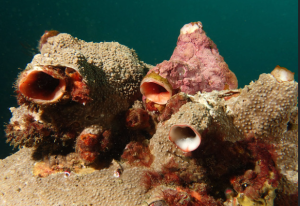
Formation of the Tunic: The adult ascidian secretes a protective covering known as a tunic, which provides structural support and defense against predators and environmental stressors.
Evolutionary Significance of Retrogressive Metamorphosis
The process of retrogressive metamorphosis in ascidians is a remarkable example of how complex life stages can simplify as an organism adapts to a specific ecological niche. The transition from a motile, free-swimming larval form to a sedentary, filter-feeding adult reflects a significant evolutionary adaptation.
This type of metamorphosis underscores the ecological shift from a planktonic lifestyle to a sessile existence. The adult ascidian’s ability to filter feed and remain fixed to a substrate is an adaptation that allows it to thrive in stable environments, demonstrating how the simplification of body structures in adult stages can be advantageous for survival in certain habitats.
Read also
- Chordates | OpenStax Biology 2e – Lumen Learning
- Introduction to the Urochordata | UCMP Berkeley
- Ciona intestinalis – Sea Squirt | Lander University
- Ascidiacea World Database – WoRMS
- Chordates | Biology II – Lumen Learning
Hi, I’m Hamid Ali, an MSc in Biotechnology and a passionate Lecturer of Biology with over 11 years of teaching experience. I have dedicated my career to making complex biological concepts accessible and engaging for students and readers alike.
Beyond the classroom, I’m an avid blogger, sharing insights, educational resources, and my love for science to inspire lifelong learning. When I’m not teaching or writing, I enjoy exploring new advancements in biotechnology and contributing to meaningful discussions in the scientific community.
Thank you for visiting my blog! Feel free to connect and explore more of my work.




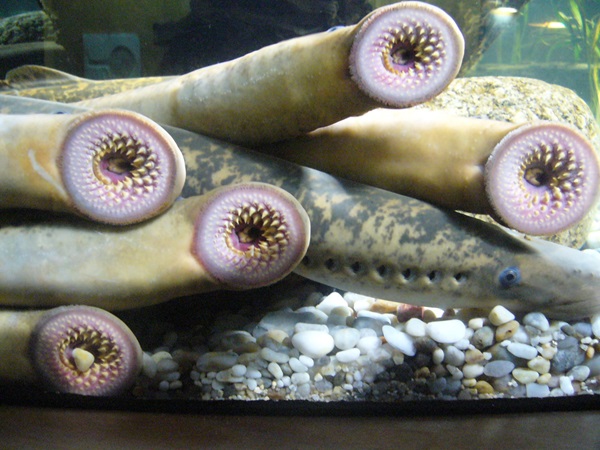
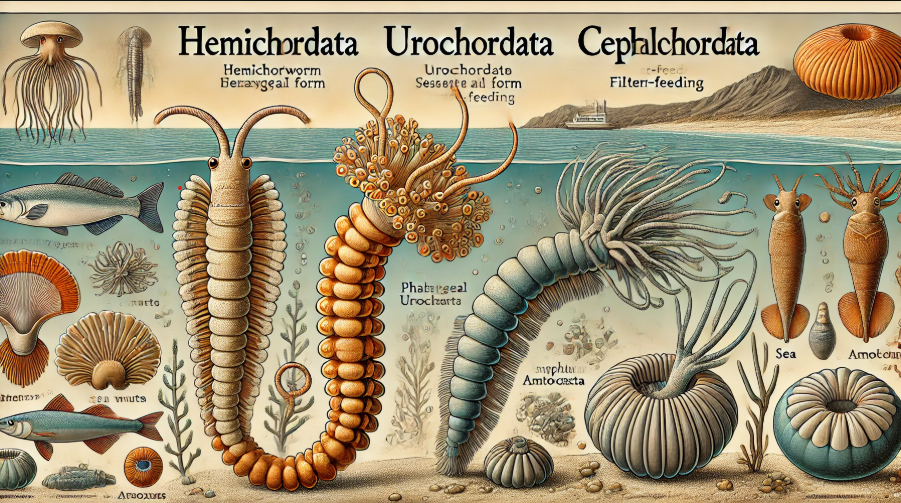
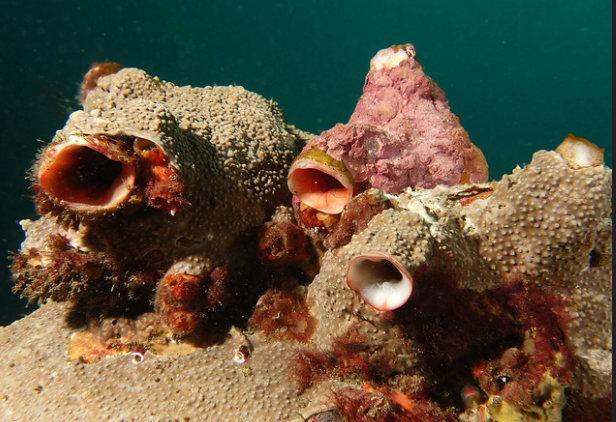
[…] Ascidian Tadpole Larvae and Its Retrogressive Metamorphosis – Click here […]